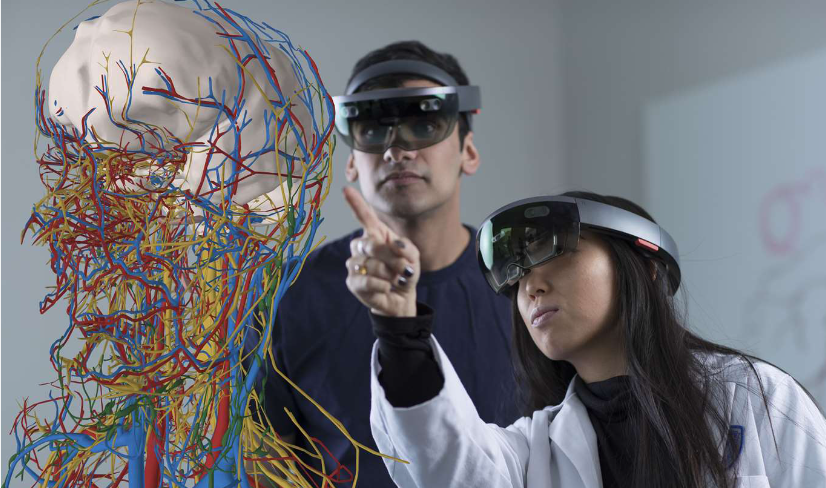Carraher et al.’s (1985) study, “Mathematics in the Streets and in Schools” examined the mathematical abilities of children street vendors with little formal education. They found that the children understood important mathematical concepts and could effectively and accurately use these understandings in their sales transactions, despite formal assessments suggesting differently. Their findings have implications for teaching and learning. Carraher et al. conclude, “educators should question the practice of treating mathematical systems as formal subjects from the outset and should instead seek ways of introducing these systems in contexts which allow them to be sustained by human daily sense” (p. 28).


Mead et al. (2018) examined science learning outcomes achieved through immersive virtual field trips (iVFTs). They discovered that iVFTs engaged students, increased student interest, and fostered learning by substituting virtual environments for environments that otherwise might be difficult or impossible to visit. The adapted learning technology designed into the iVFTs used a set of design principles called education through exploration (ETX) and an intelligent tutoring system to automatically and personally guide student actions through independent investigation, discovery, and analysis. This feedback acts as a “positive feedback loop” (p. 132) that motivates, challenges, and rewards the learner.
Hsi’s (2008) article “Information Technologies for Informal Learning and Out of School Settings” describes how museums and science centers have used digital exhibits to augment learning with onsite visitors before, during, and after their visits. Onsite displays often include immersive digital interactives, a new physical presentation genre that creates full-body interactivity with a digital world using haptic feedback, infrared interfaces, computer projections, and shadow-capture images. Learners build their scientific understanding by physically interacting with digitally designed objects. Onsite visitors can continue learning, along with remote learners, using online digital libraries that offer virtual explorations, interactive activities, and multimedia resources. Hsi elaborates on several informal learning examples, including out-of-school homework and hobby programs built on expanded online communities created through Web 2.0 capabilities. These spaces and technologies facilitate social interaction and identity development with friends, family, and a larger online community of practice. In addition to learning content, learning occurs in real-life networks within purposeful contexts.
All of the articles above present the merits of contextualized learning. The two recent articles convey a general trend of integrating IT to expand learning experiences in formal and informal learning spaces. Implications for STEM learning practices include:
- the importance of developing contextualized, real-life learning experiences,
- the importance of integrating technology into teaching and learning approaches, and
- the importance of recognizing that learning should acknowledge and integrate both formal and informal learning opportunities.
References
Carraher, T. N., Carraher, D. W., & Schliemann, A. D. (1985). Mathematics in the streets and in schools. British Journal of Developmental Psychology, 3(1), 21-29.
Hsi, S. (2008). Information technologies for informal learning in museums and out-of-school settings. International handbook of information technology in primary and secondary education, 20(9), 891-899.
Mead, C., Buxner, S., Bruce, G., Taylor, W., Semken, S., & Anbar, A. D. (2019). Immersive, interactive virtual field trips promote science learning. Journal of Geoscience Education, 67(2), 131-142.
